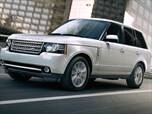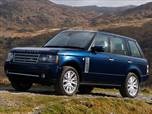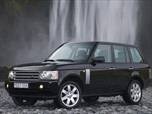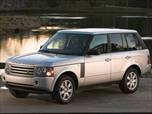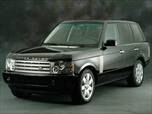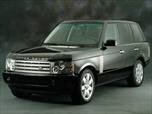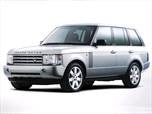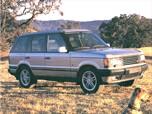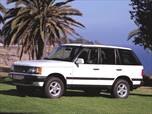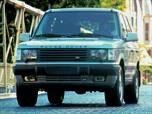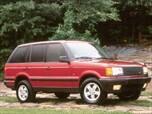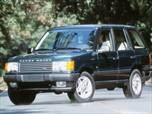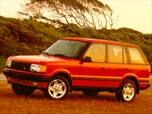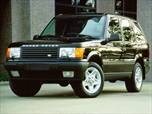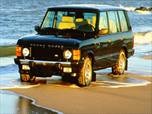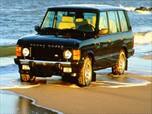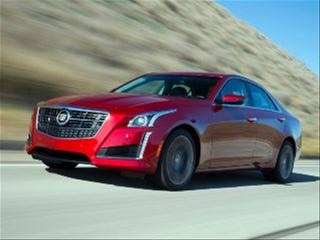- Home
- >
- Land Rover
- >
- SUV
- >
- Range Rover
Used Land Rover Range Rover SUVs
Select a Year
(21 available)Narrow year range (drag arrows to filter):
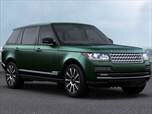
In an effort to improve fuel efficiency and decrease emissions output, the 2014 Range Rover's base engine is a supercharged 3.0-liter V6 instead of the naturally aspirated V8. (A supercharged V8 remains optional.) Also on the efficiency front is engine start/stop technology that reduces idling in stop-and-go traffic.
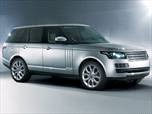
2013 marks the fourth generation for the Range Rover and for its latest act, the big SUV has gone on a serious diet, shedding hundreds of pounds thanks to extensive use of aluminum instead of steel. Engine choices carry over, but the transmission is now an 8-speed automatic. The all-new Range Rover has fresh design inside and out, and an upgraded terrain-management system to tackle what lies beneath.
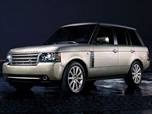
For 2010, a new 5.0-liter V8 pumping out 375 horsepower replaces last year's 4.4-liter V8, while the Supercharged trim receives a 510-horsepower version of the same engine. Styling updates include subtle changes to the exterior, a new "Thin Film Transistor" (TFT) screen with virtual dials and information display and a new surround camera with a 360-degree view. Improvements have also been made to the Range Rover's brakes, suspension, steering and Terrain Response system.
The 2014 Range Rover represents the pinnacle of Land Rover's lineup, and offers among the best combination of off-road ability and on-road comfort of any vehicle. While that former trait comes as no surprise given Land Rover's heritage of trekking to the ends of the Earth, it's that latter characteristic that is such a welcome surprise in a stout SUV. Thanks to the massive reduction in weight and even more advanced terrain response system that came with last year's revamp, the Range Rover is as comfortable hurtling over highways as it is crawling up cliffs. At $80,000-plus, the Range Rover is not an inexpensive proposition, and its history of subpar resale value doesn't help matters when compared to rivals such as the Lexus LX and Mercedes-Benz GL-Class.

